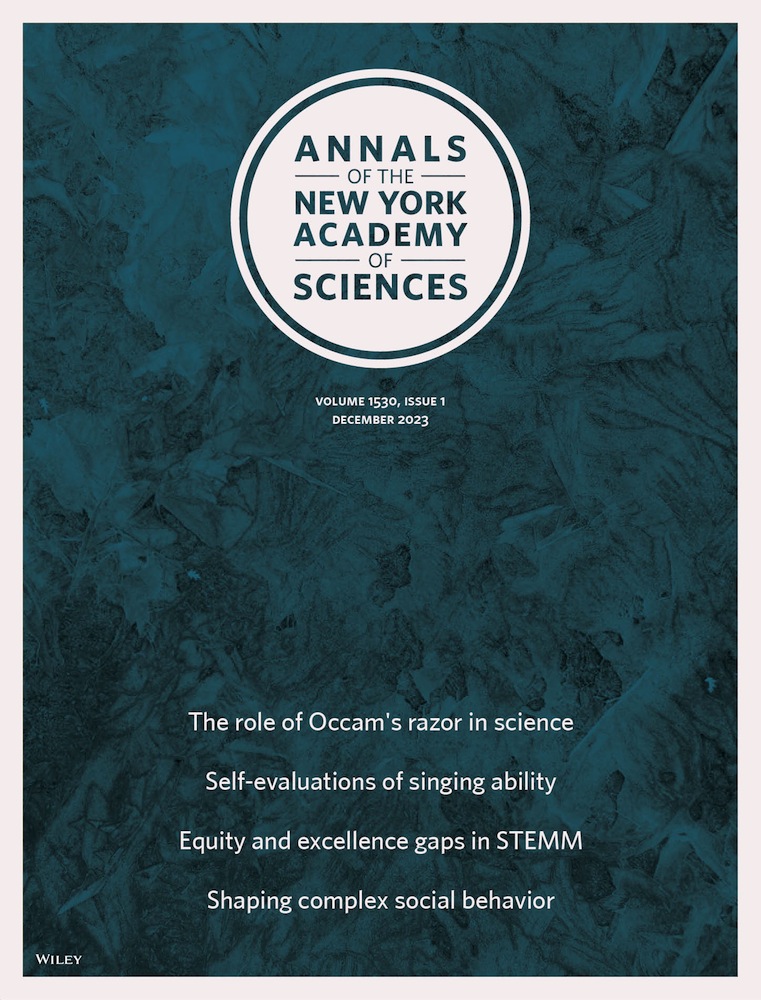A dual‐modality study on the neural features of cochlear implant simulated tone and consonant perception
IF 4.1
3区 综合性期刊
Q1 MULTIDISCIPLINARY SCIENCES
引用次数: 0
Abstract
Accurately perceiving lexical tones and consonants is critical for understanding speech in tonal languages. Cochlear implant (CI) users exhibit reduced phonetic perception due to spectral loss in CI encoding, yet the underlying neural mechanisms remain unclear. This study combined electroencephalography and functional near‐infrared spectroscopy (fNIRS) to investigate the neural processing mechanisms of CI‐simulated channelized speech in 26 normal‐hearing adults during the processing of tones (T1–T4) and consonants (“ba,” “da,” “ga,” “za”). Results showed that the N1 amplitude in auditory evoked potentials was significantly lower for channelized speech than a natural human voice (NH), particularly for T2 and T4 tones, indicating a weaker perception of channelized speech. Functional connectivity analysis revealed that an NH exhibited significantly higher synchrony in the δ and θ frequency bands than channelized speech, which was more pronounced in the right temporal lobe. This finding was also observed with “za” consonants. fNIRS results showed stronger right temporal lobe activation for channelized speech, suggesting that the brain requires greater auditory effort to process channelized speech. Combining both modalities revealed neural compensatory mechanisms underlying channelized speech—manifesting as “low‐efficiency perception with high cognitive load.” This study provides potential biomarkers for CI rehabilitation assessment and a foundation for future research.人工耳蜗模拟声调和辅音感知神经特征的双模态研究
准确地感知词汇音调和辅音对于理解声调语言的言语是至关重要的。由于人工耳蜗编码中的频谱损失,人工耳蜗使用者表现出语音感知能力下降,但潜在的神经机制尚不清楚。本研究结合脑电图和功能性近红外光谱(fNIRS)研究了26例正常听力成人在处理声调(T1-T4)和辅音(“ba”、“da”、“ga”、“za”)过程中CI模拟通道化言语的神经加工机制。结果表明,通道化语音的听觉诱发电位N1幅值明显低于自然人声(NH),特别是T2和T4音调,表明通道化语音的感知较弱。功能连通性分析表明,与信道化语音相比,非信道化语音在δ和θ频段表现出更高的同步性,且在右侧颞叶更为明显。这一发现也适用于“za”辅音。fNIRS结果显示,对于通道化语言,右侧颞叶的激活更强,这表明大脑需要更大的听觉努力来处理通道化语言。结合两种模式揭示了通道化语音的神经补偿机制,表现为“低效率感知与高认知负荷”。本研究为CI康复评估提供了潜在的生物标志物,为未来的研究奠定了基础。
本文章由计算机程序翻译,如有差异,请以英文原文为准。
求助全文
约1分钟内获得全文
求助全文
来源期刊

Annals of the New York Academy of Sciences
综合性期刊-综合性期刊
CiteScore
11.00
自引率
1.90%
发文量
193
审稿时长
2-4 weeks
期刊介绍:
Published on behalf of the New York Academy of Sciences, Annals of the New York Academy of Sciences provides multidisciplinary perspectives on research of current scientific interest with far-reaching implications for the wider scientific community and society at large. Each special issue assembles the best thinking of key contributors to a field of investigation at a time when emerging developments offer the promise of new insight. Individually themed, Annals special issues stimulate new ways to think about science by providing a neutral forum for discourse—within and across many institutions and fields.
 求助内容:
求助内容: 应助结果提醒方式:
应助结果提醒方式:


